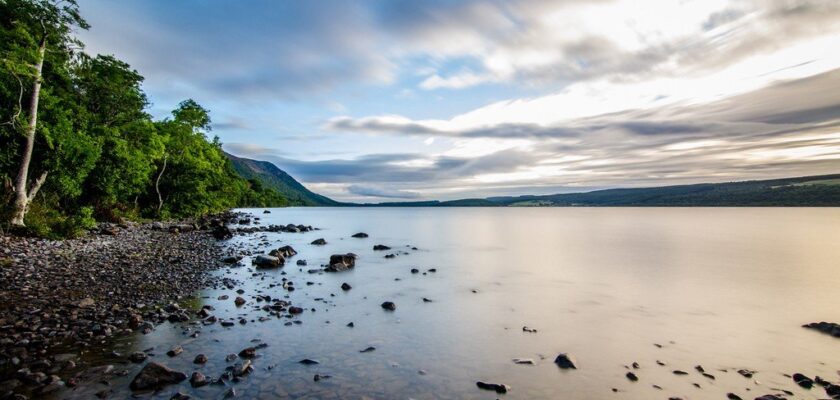Lake Loch Ness
Many people have probably heard of Loch Ness Lake, because it is rumored to be the home of the famous monster. Before it was feared, but now it is so kindly called “Nessie”, like a small pet. Stories about the Loch Ness monster appeared as early as 565 years ago, and even before that there were some references to it. Therefore, it is not surprising that fans of everything mysterious and supernatural come to this body of water.
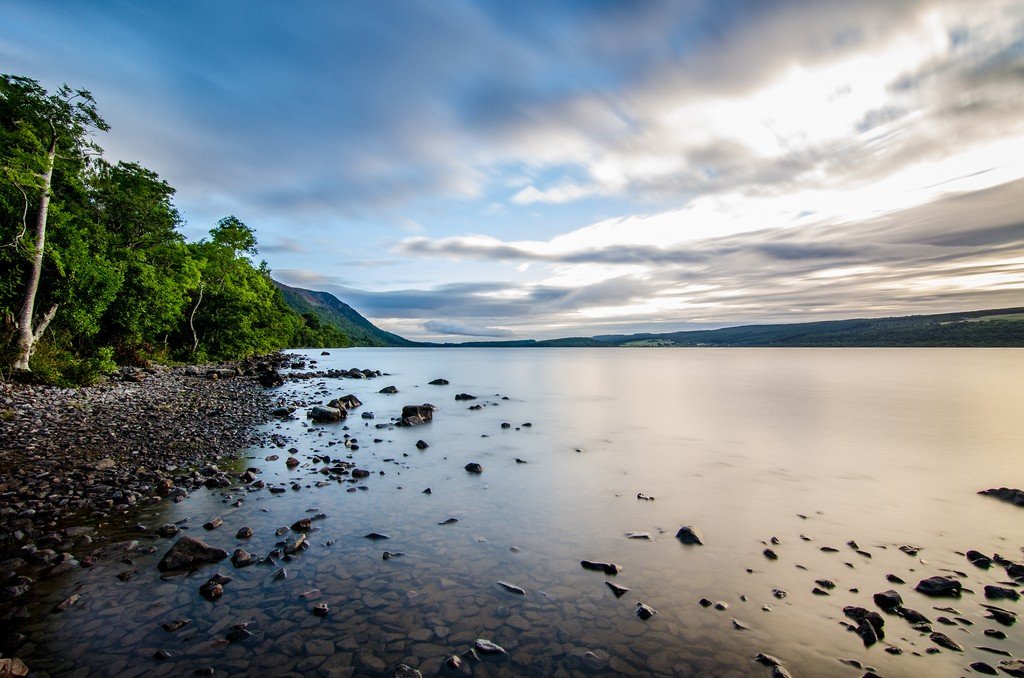
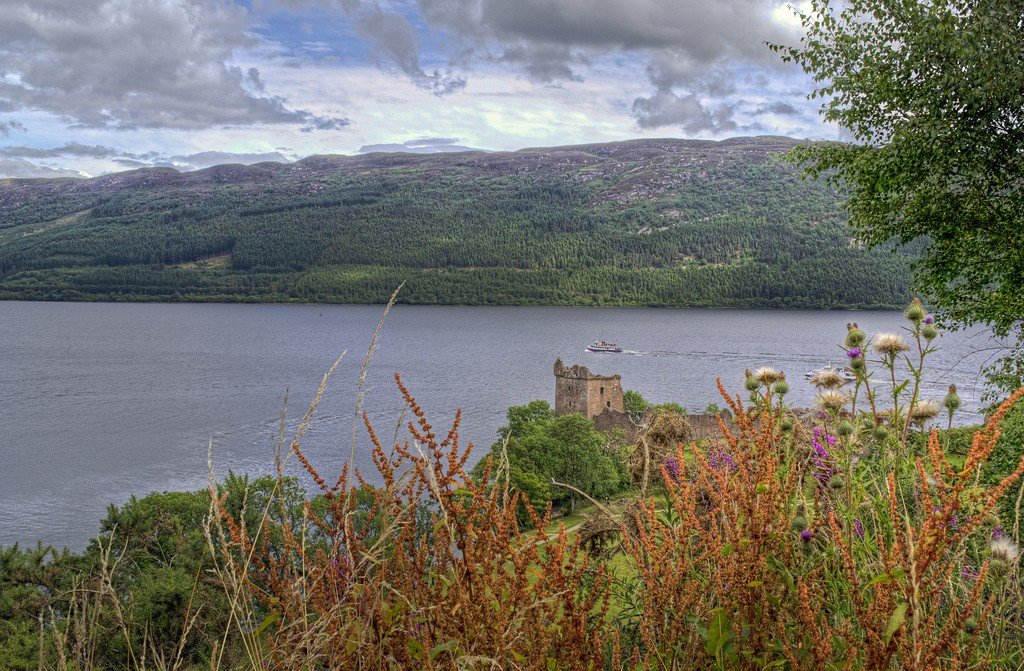
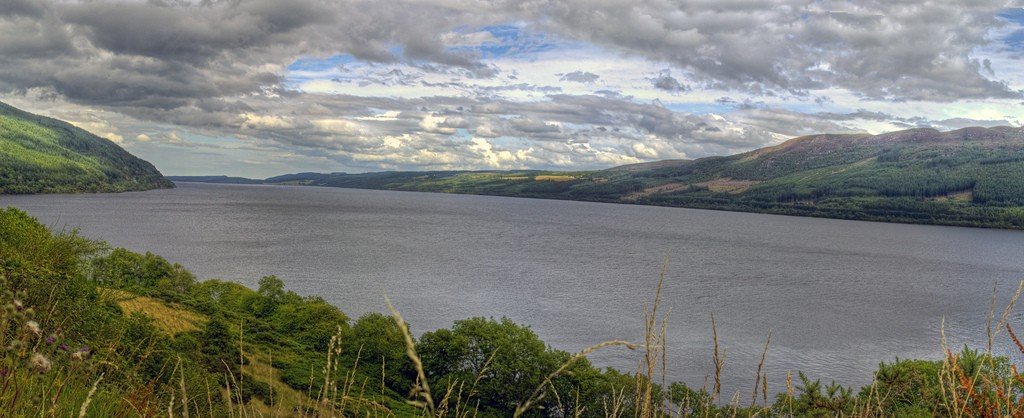
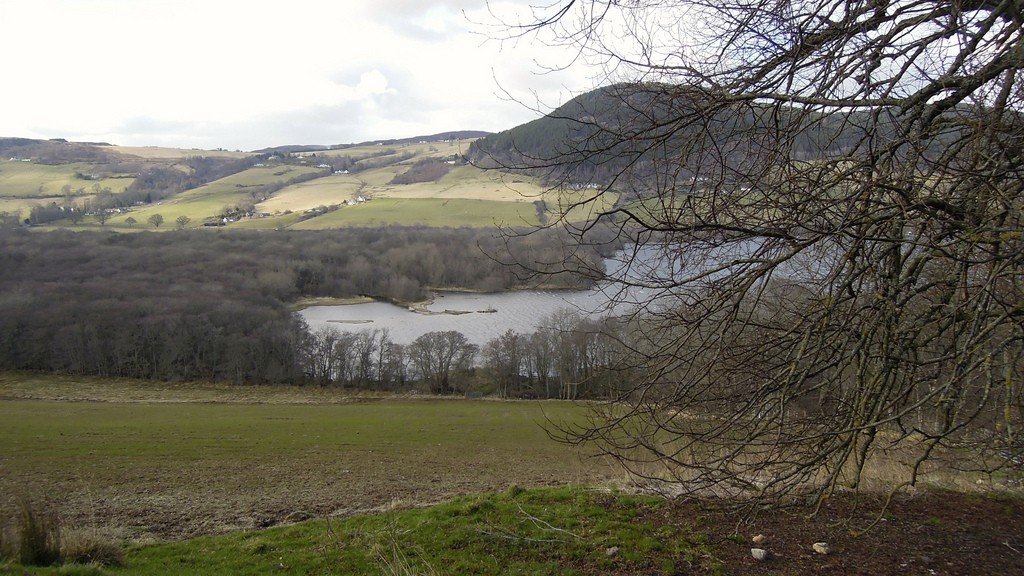
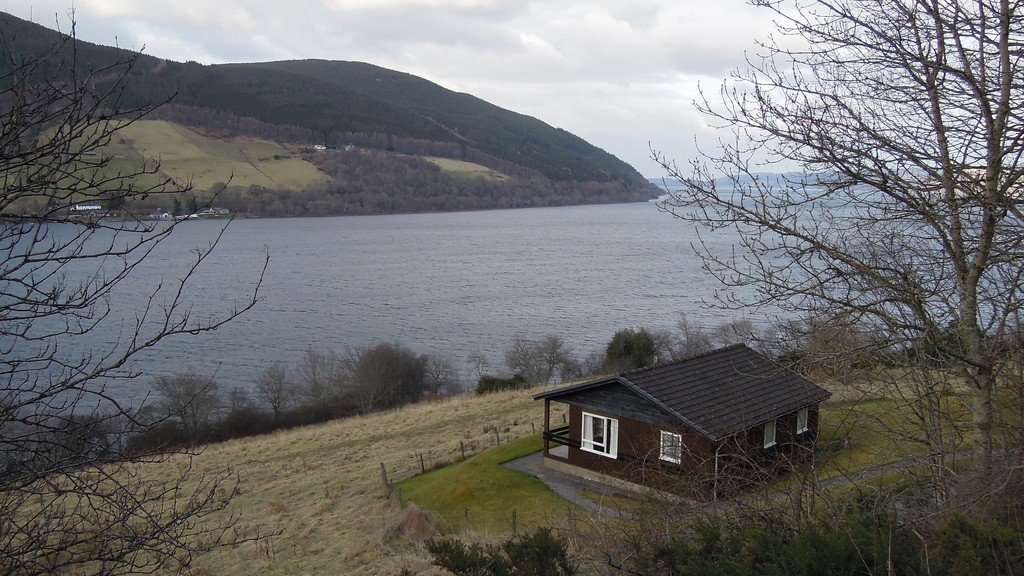
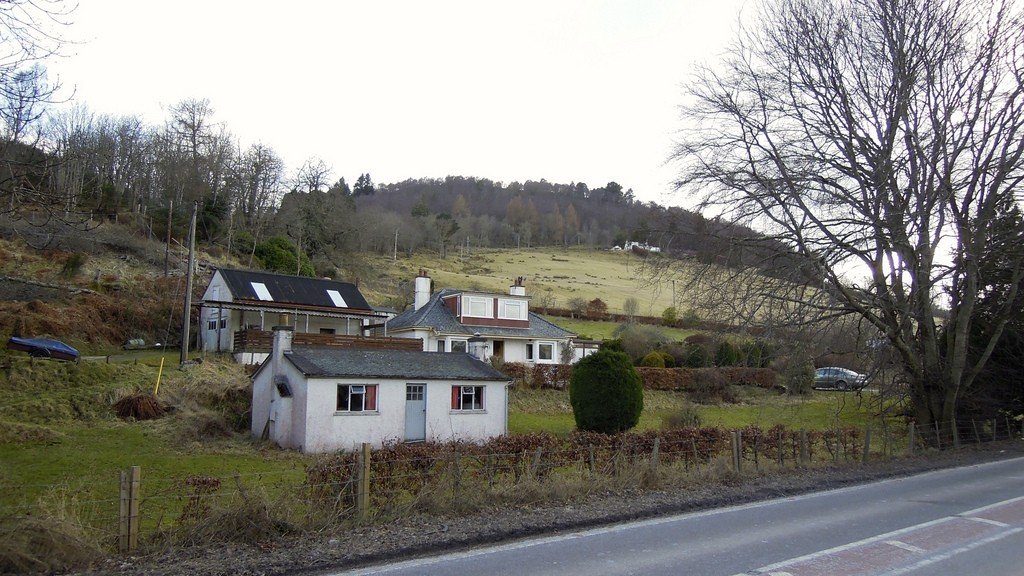
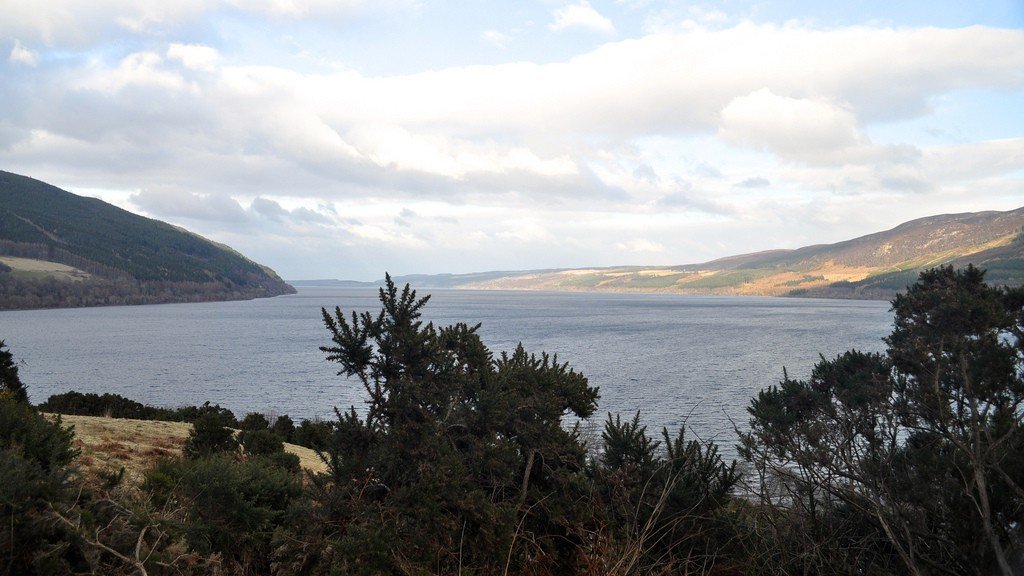
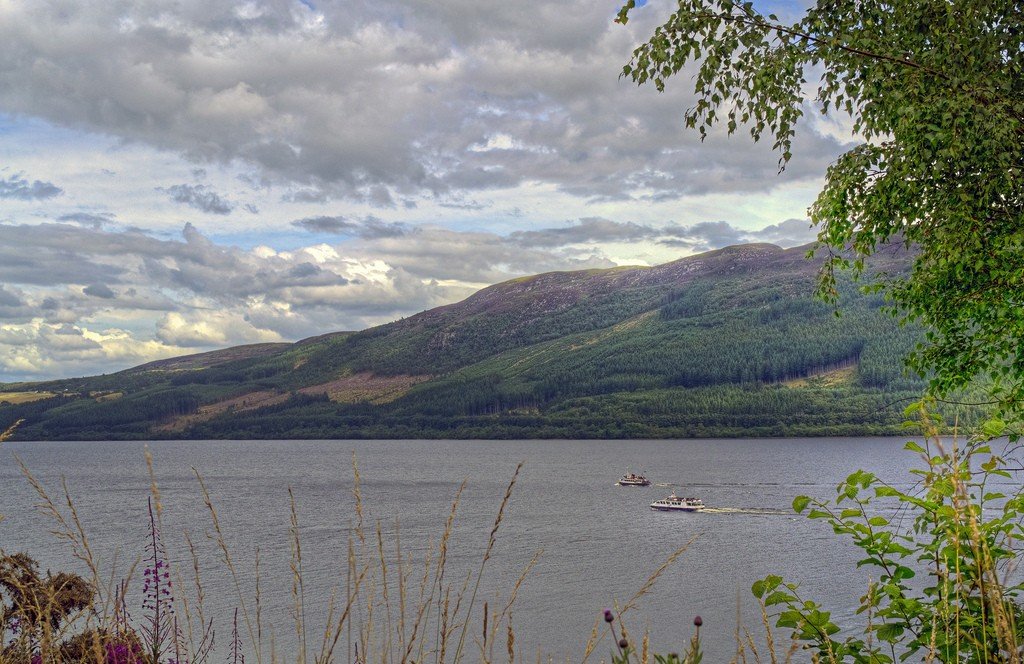
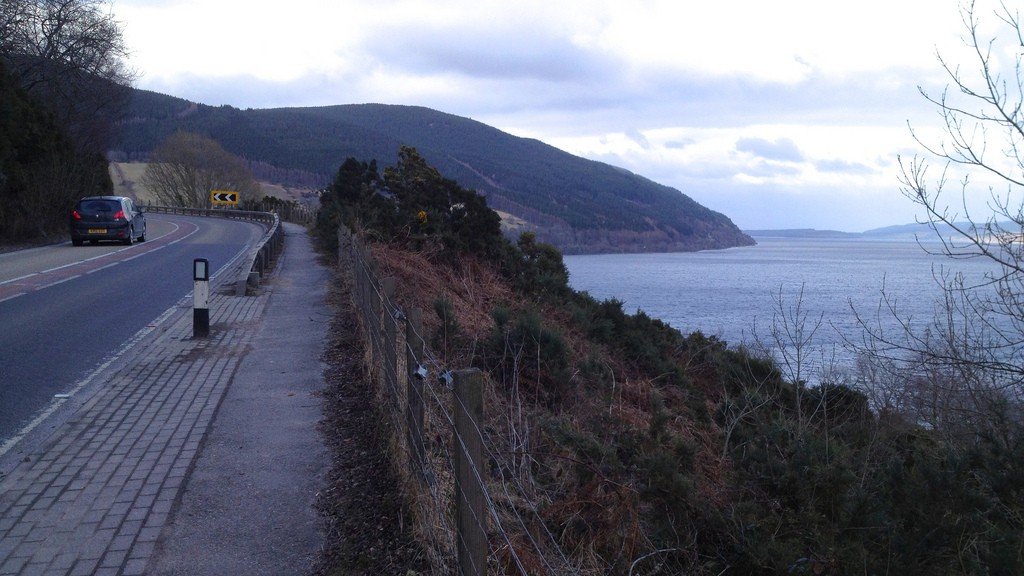
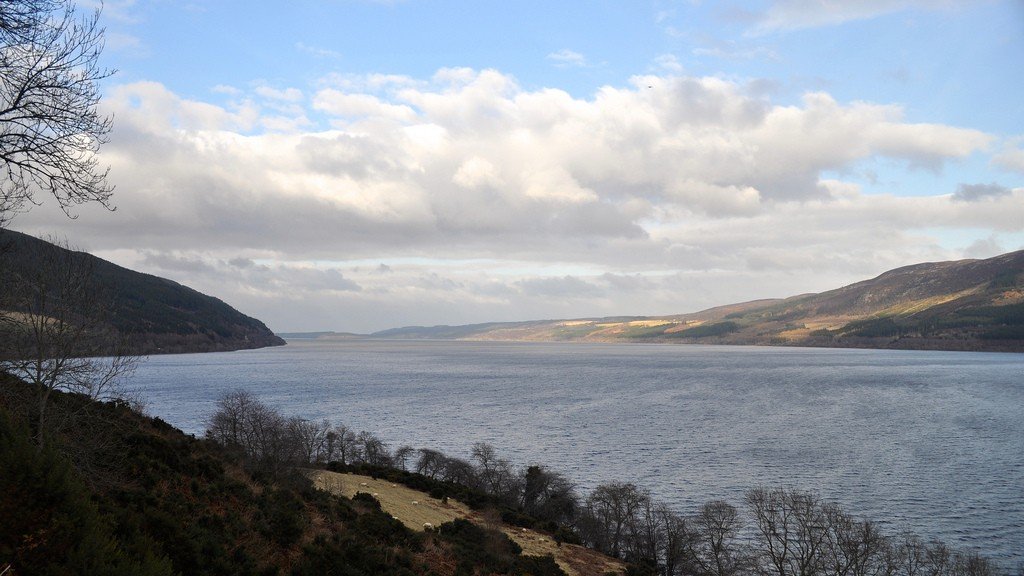
Truth
First, it’s probably worth saying what the lake is really like. It’s 230 meters deep and covers an area of 65 km sq. So Nessie has a lot of room to get lost. In addition, the lake is part of a canal linking the two sea coasts of Scotland. The canal is called the Caledonian Canal and there is even a theory that the Loch Ness monster swims from the loch to the canal, which is why it is so hard to catch.
.Loch Ness has a constant supply of water from the River Moriston, so its water is not standing water. It also has a river flowing out of it, symbolically called the Ness (maybe it’s also home to monsters?). The nearest town near the reservoir is Inverness, Scotland, which is 40 kilometers away.
.
The lake itself could very well be the home of a prehistoric monster like the dinosaurs. After all, it itself has also been around for a very long time. Scientists say that Loch Ness was already here during the Ice Age. It was formed by the shifting of rocks. Given this age, the lake is indeed unique, because it, like the Russian Baikal, was able to resist waterlogging and did not become a swamp after 20,000 years of its existence.
.
Fiction?
And now it is worth going into details about the monster itself. It was first mentioned in the annals of Abbot Ion. He described the exploits of St. Columbus (not the one who discovered America) and told of an incident that happened to him on Loch Ness Lake in 565. Columbus was passing by the lake and saw the villagers putting the body of a fisherman into a boat and sending him on his last journey. The boat had already departed when Columbus asked what had happened. The locals told him that the fisherman had been attacked by a monster that jumped out of the water. St. Columbus decided to see if the young fisherman was possessed by evil forces, so he asked his disciple to jump into the water and dock the boat back to shore. As soon as the disciple jumped into the water, the head of a monster appeared, waiting to pounce on him. But at that moment St. Columbus offered prayers to heaven and ordered the monster to hide in the depths of the lake, which it was forced to do.
.
This is the first account of Nessie. Although researchers believe there are earlier references. For example, even before our era, the ancient Romans lived here. After exploring the lake, they left drawings of local animals, from the largest to the smallest, on the stone. All of them correspond to the animal world of the lake and coastal areas, but among them there is a strange drawing resembling a plesiosaur with a long neck..Since then and up to the 19th century about Nessie was forgotten, but since 1933 the monster in these parts has been seen more than 5 thousand times. Somehow it became more active in the 20th and 21st centuries, but most storytellers, of course, cannot be believed. However, there is some evidence that may well be true. One of them is the footage of Tim Dinsdale, who captured a huge living creature moving on the surface of the lake at a speed of 16 kilometers per hour. This footage was recognized as real after numerous examinations. Another authentic footage belongs to Gordon Holmes. This video shows a monster with a long neck and a small head, which reaches 15 meters in length. Holmes filmed it diving, swimming at about 10 km/h and turning its head.
.
In general, the evidence is there, but still, so far, it is circumstantial. After all, clear films with the image of Nessie never appeared, so it is difficult to say whether there is a prehistoric monster in the lake. And skeptics say that if he lived here, he simply could not feed himself, because there is not enough food for him. Moreover, the animal can not live alone, there must be at least a few individuals, which would not have been able to get their own food.
.
But while scientists are trying to establish the truth, tourists can simply come to Loch Ness Lake, go to the museum located on the shore, examine documents, photos and videos of eyewitnesses, see fakes of Nessie and try to see among the water surface of the very monster. And if not, you can just enjoy nature and admire the lake, which is quite interesting even without Nessie.
.